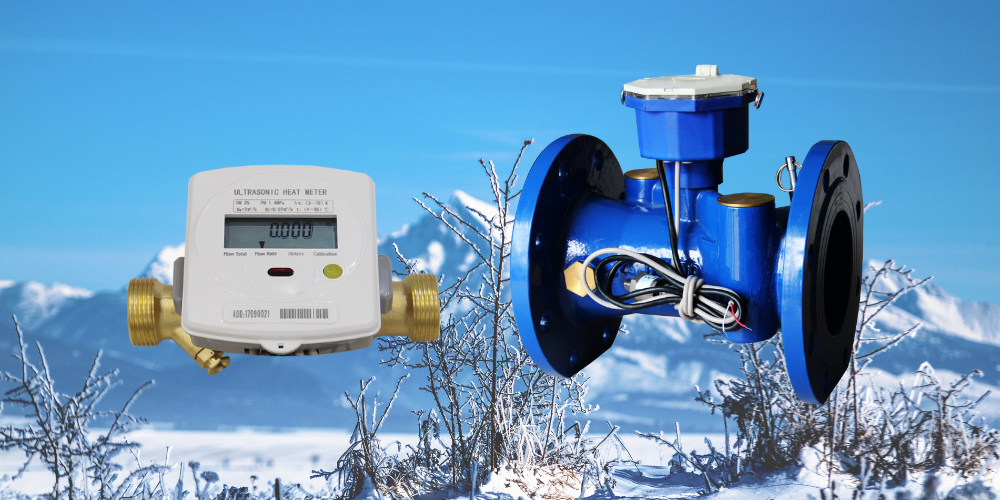Functions and Advantages of Ultrasonic Heat Meters
Time:2024-05-14
Views:607
I. Understanding the operating principle of ultrasonic heat meters.
Ultrasonic heat meters measure flow rate and display the thermal energy released or absorbed as water flows through a heat exchange system using the ultrasonic method. Ultrasonic heat meters are electromechanical integrated products based on microprocessors and high-precision sensors.

II. What are the functions of ultrasonic heat meters?
- Can be installed horizontally or vertically.
- High temperature measurement accuracy and long service life.
- The flow meter emits pulse signals proportional to the flow rate.
- Calculate the heat obtained by the heat exchange system using integration formulas.
III. What advantages do ultrasonic heat meters have over mechanical heat meters?
- Excellent anti-blocking: Adopting a pipe-sectioned structure with straight-through pipes, minimal pressure loss, and reduced impurity retention.
- Split structure: The integrator and heat meter are designed separately, enabling full access for reading and adaptable installation in various scenarios.
- High protection level: Unique product structure design with electronic components achieving IP68 protection level, outstanding waterproof and moisture-proof performance.
- Extensive use of imported components for stable and reliable operation, with long-term data storage without loss.
- Low-power design for the meter ensures the lithium battery‘s normal lifespan of no less than 8 years; the heat meter adopts selected brass, high-density integral forging, corrosion resistance, and high strength; stable performance of temperature sensors.








